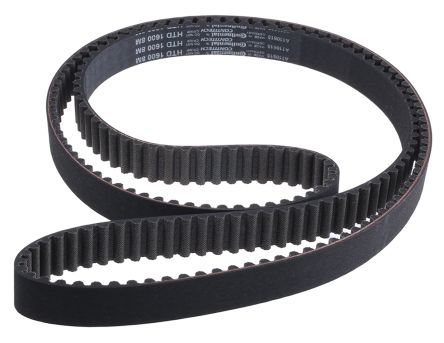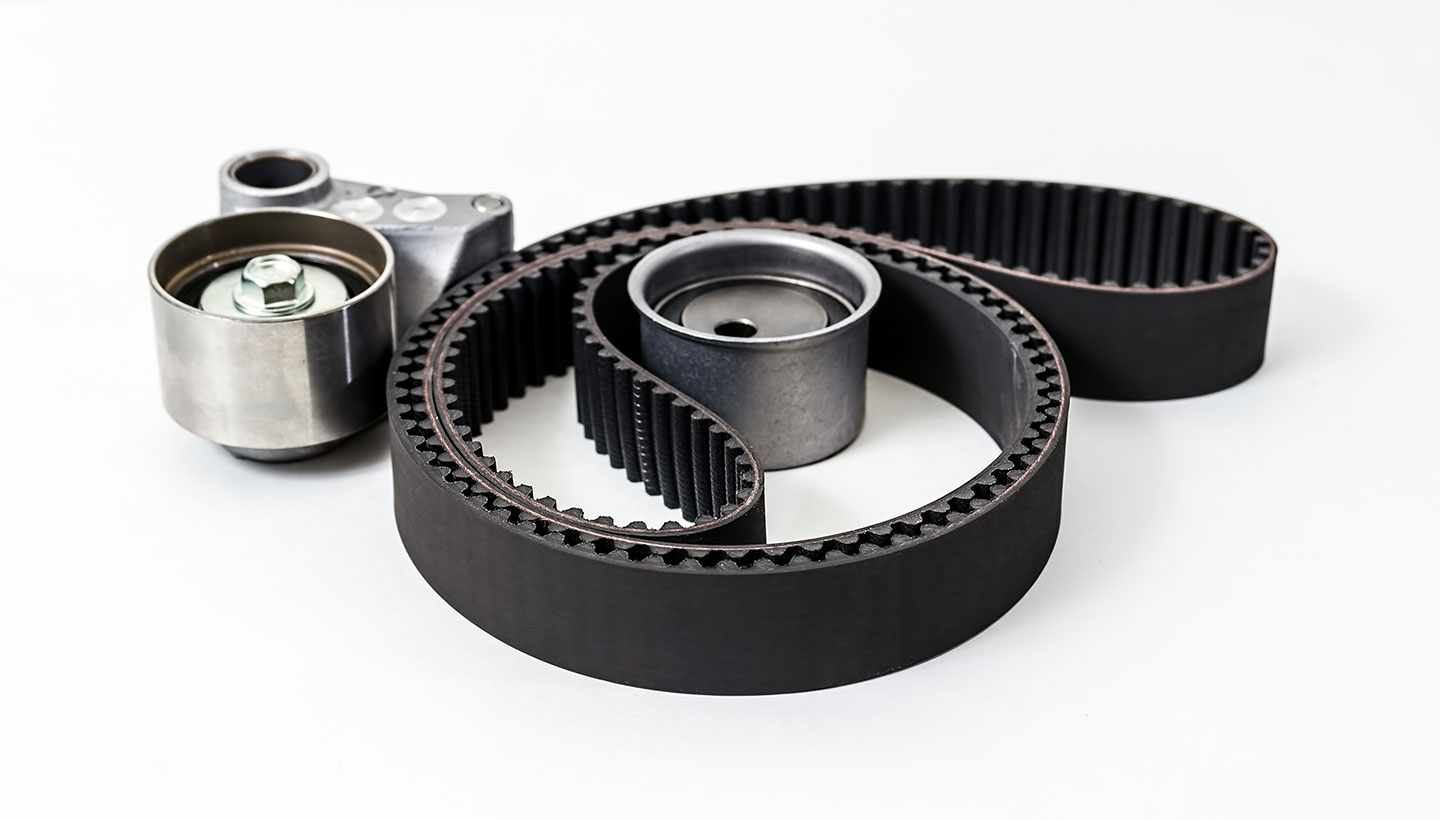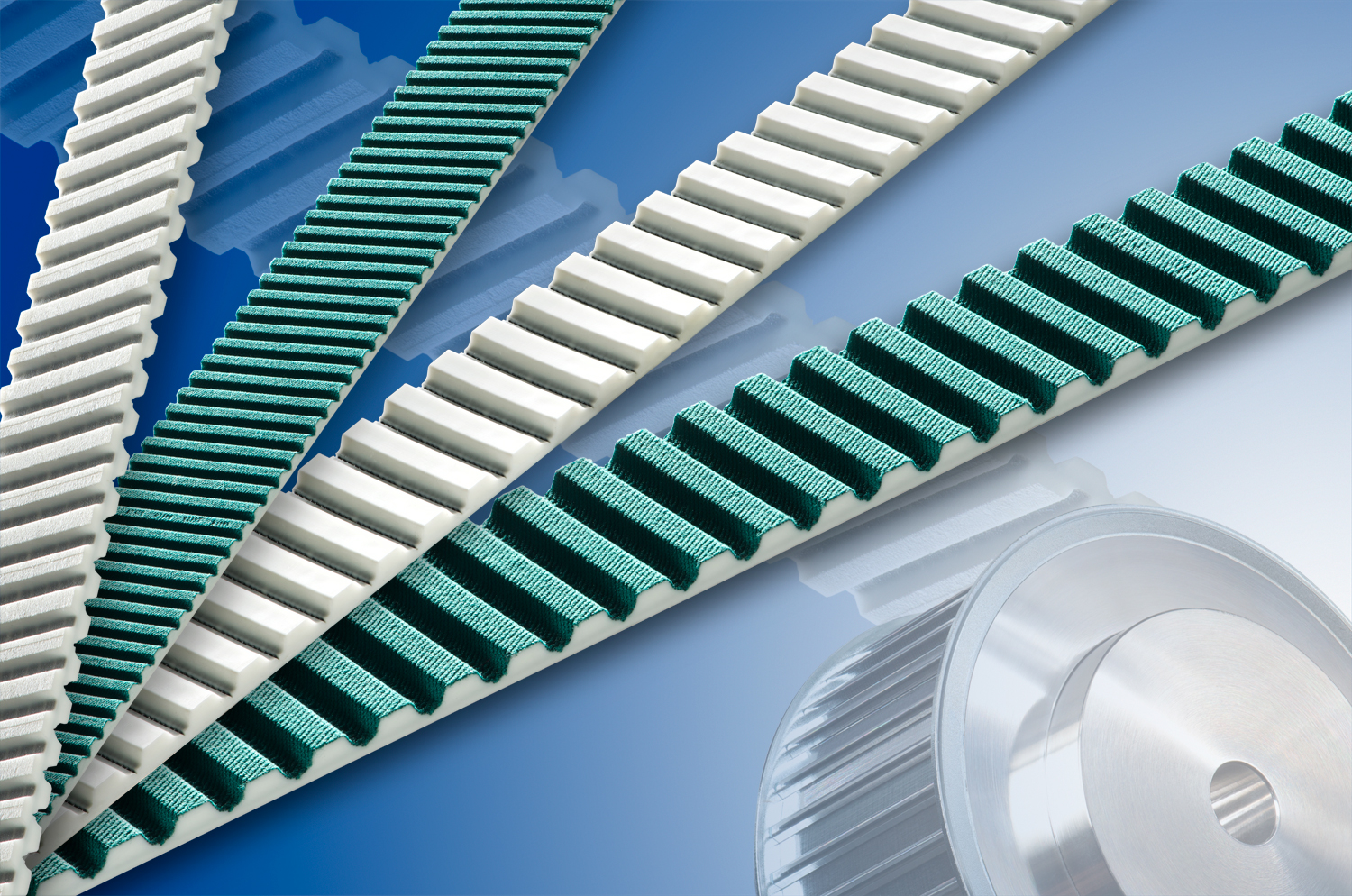Product Description
High Quality Timing Belt Rubber Belt Drive Belt with Factory Price A664y32mm/211my32 for CZPT Car 13568-09050/T257
| TOYOTA | 13568 2571 |
| TOYOTA | 13568 29571 |
| TOYOTA | 13568 09050 |
| TOYOTA | 135680A571 |
| TOYOTA | 13568 2571 |
| TOYOTA | 13568 29015 |
Description:
L Low-noise operation
L High-efficiency drive
L Accurate transmission
L Anti-cold, Anti-heat, Anti-oil performance
L Abrasion resistance, good tensile strength
L Maintenance-free, high life expectancy
Specifications
Manufacturer PK,Timing,V Belt AND Rubber Brake chamber/ Diaphragm With EPDM CR HNBR Material Genuine Original
Quality Warranty 6,0000-8,0000 KM
Why Choose Us?
1.Our Material Of Rubber Is imported .
2.Our Material Of Glass Fiber Cords Are imported from Japan.Warranty 8,0000-10,0000 KM
3.Other Accessories And Subsidiary Materials Are From The good Brand Suppliers.
4.We Are Professional Perfomance Manufacturer PK,Timing,V Belt AND Rubber Brake Diaphragm
5.Transmission Belts Parts OEM Quality PK Belt Manufacturer GENUINE Quality
| Type | Timing Belt/Cogged V Belt/Wrapped V Belt/ PK Belt/Conveyor Belt/Speed Belt/Fan Belt/ Flat Belt/Ribbed Belt/Round Belt/Banded Belt/ Industrial Synchronous Belt/RUBBER BRAKE DIAPHRAGM |
Material | 1.Rubber is imported from USA and Germany. 2.Glass fiber cords are imported from Japan and Germany. Other accessories and subsidiary materials are from the good brand suppliers now. |
| Information 1 | Belt warranty 6,0000-8,0000 KM | Brand | AIWO,CUSTOMER’S BRAND |
| Information 2 | Manufacturer Timing Belt | Certification | TS16949/ISO9001 So On |
| Information 3 | GENUINE Quality | Warranty | 100% CR life span 60,000 to 80,000 kilometers |
| Packaging Size |
Can Be Customized | Delisvery Time |
20-45 Days(depends on order quantity) |
FAQ
1) How can I place order?
A:You can contact us by email about your order details, or place order on line.
2) How can I pay you?
A:After you confirm our PI, we will request you to pay.T/T (bank) and Paypal, Western Union are the most usual ways we are using.
3) What’s the order procedure?
A:First we discuss order details, production details by email or TM.Then we issue you an PI for your confirmation.You will be requested to do pre-paid full payment or deposit before we go into production.After we get the deposit, we start to process the order.We usually need 7-15days if we don’t have the items in stock.Before production has been finished, we will contact you for shipment details, and the balance payment.After payment has been settled, we start to prepare the shipment for you.
4)How do you take care when your clients received defective products?
A:Replacement.If there are some defective items, we usually credit to our customer or replace in next shipment.
5)How do you check all the goods in the production line?
A:We have spot inspection and finished product inspection.We check the goods when they go into next step production procedure. /* March 10, 2571 17:59:20 */!function(){function s(e,r){var a,o={};try{e&&e.split(“,”).forEach(function(e,t){e&&(a=e.match(/(.*?):(.*)$/))&&1
| Type: | Timing Belt |
|---|---|
| Feature: | Wear-resistant, Heat-resistant, Tear-resistant, Flame-resistant, Cold-resistant |
| Performance: | Strong Rubber Conveyor Belt |
.shipping-cost-tm .tm-status-off{background: none;padding:0;color: #1470cc}
|
Shipping Cost:
Estimated freight per unit. |
about shipping cost and estimated delivery time. |
|---|
| Payment Method: |
|
|---|---|
|
Initial Payment Full Payment |
| Currency: | US$ |
|---|
| Return&refunds: | You can apply for a refund up to 30 days after receipt of the products. |
|---|

Can you describe the various mounting options and installations for V-belt tensioners in different settings?
Mounting options and installations for V-belt tensioners can vary depending on the specific application and setting. Different configurations are available to accommodate diverse space constraints, accessibility requirements, and tensioning force adjustments. Here’s a detailed description of the various mounting options and installations for V-belt tensioners:
- Fixed Mounting:
- Adjustable Mounting:
- Spring-Loaded Mounting:
- Separate Tensioner Assembly:
- Multi-Tensioner Systems:
In a fixed mounting configuration, the tensioner is permanently attached to a fixed point, such as a machine frame or structure. This type of installation is commonly used in applications where the belt tension is set at a specific value and does not require frequent adjustment. Fixed mounting provides stability and ensures that the tensioner remains in a fixed position, maintaining consistent tension over time. It is suitable for applications where space is limited and where the tensioning force does not need to be frequently modified.
Adjustable mounting configurations allow for easy tension adjustment of the V-belt. These tensioners feature a mechanism that enables the adjustment of the tensioning force by changing the position of the tensioner relative to the belt and pulleys. Common adjustable tensioners include those with slotted mounting holes or adjustable arms. This type of installation is suitable for applications where the tensioning force needs to be periodically adjusted to maintain optimal belt performance. Adjustable mounting provides flexibility and allows for fine-tuning the tension based on changing operating conditions or belt wear.
Spring-loaded tensioners incorporate a spring mechanism to automatically maintain the desired tension in the V-belt system. These tensioners feature a spring that applies a constant force on the belt, compensating for belt elongation and maintaining proper tension. Spring-loaded tensioners are commonly used in applications where there are fluctuations in load or thermal expansion/contraction of the belt. The spring mechanism ensures continuous tension adjustment, reducing the need for manual intervention and providing consistent tension across varying operating conditions.
In some cases, a separate tensioner assembly is used instead of mounting the tensioner directly to the machine frame or structure. A separate tensioner assembly consists of a bracket or support arm that is attached to the machine or structure, and the tensioner itself is mounted on the bracket or arm. This configuration allows for flexibility in positioning the tensioner and provides ease of installation and maintenance. It is particularly useful in applications where space constraints or accessibility limitations make direct mounting challenging.
In certain applications, multiple tensioners may be used within a V-belt system to ensure proper tension distribution and alignment. Multi-tensioner systems utilize a combination of tensioner types and mounting configurations to achieve optimal belt tensioning across multiple belts and pulleys. This configuration is commonly employed in complex drive systems with multiple belts or long-span belt setups. By using multiple tensioners strategically positioned along the belt path, consistent tension can be maintained, minimizing belt slippage, and maximizing power transmission efficiency.
When selecting the appropriate mounting option and installation for a V-belt tensioner, it’s important to consider factors such as space constraints, tensioning force requirements, accessibility for maintenance, and the specific needs of the application. Manufacturers typically provide guidelines and recommendations for the suitable mounting options and installations for their tensioner products. Following these guidelines, along with considering the specific requirements of the V-belt system, will help ensure the proper integration and effective operation of the tensioner within the application.

Can you provide guidance on selecting and sizing V-belt tensioners for specific V-belt applications?
Yes, selecting and sizing V-belt tensioners for specific V-belt applications requires careful consideration of various factors. Here’s a detailed guidance on how to select and size V-belt tensioners:
- Understand the Application Requirements:
- Determine the Tensioning Force:
- Consider Belt Type and Size:
- Assess Space Constraints and Mounting Options:
- Consider Environmental Factors:
- Consult Manufacturer Specifications and Guidelines:
- Consider Maintenance and Serviceability:
- Consider Cost and Long-Term Value:
Begin by understanding the specific requirements of the V-belt application. Consider factors such as the power transmission requirements, load conditions, operating speed, and environmental conditions. This information will help determine the appropriate tension force and other specifications needed for the tensioner.
Calculate the required tensioning force for the V-belt system. The tensioning force depends on factors such as the power being transmitted, the coefficient of friction between the belt and pulleys, and the belt’s characteristics. Manufacturers typically provide tension force guidelines based on belt type and application. Ensure that the selected tensioner can provide the required tensioning force within the desired operating range.
Take into account the type and size of the V-belt being used. Different belt types, such as classical V-belts, narrow V-belts, or synchronous belts, have specific design and performance characteristics. The tensioner should be compatible with the chosen belt type and size. Consider factors such as belt width, profile dimensions, and load capacity when selecting the tensioner.
Evaluate the available space and mounting options in the application. The tensioner should be sized to fit within the available space and align properly with the pulleys. Consider factors such as the tensioner’s dimensions, mounting configurations (e.g., fixed, adjustable, spring-loaded), and accessibility for installation and maintenance.
Take into account the environmental conditions in which the V-belt system will operate. Factors such as temperature extremes, humidity, dust, and chemical exposure can impact the performance and longevity of the tensioner. Select a tensioner that is designed to withstand the specific environmental conditions of the application.
Refer to the manufacturer’s specifications and guidelines for the tensioner. Manufacturers often provide detailed information on tensioner selection, including tension force ranges, belt compatibility, operating limits, and installation instructions. Consult these resources to ensure the chosen tensioner meets the application requirements and aligns with industry standards.
Evaluate the tensioner’s maintenance and serviceability requirements. Consider factors such as the ease of tension adjustment, access for inspection and maintenance, and the availability of replacement parts. A tensioner that is easy to maintain and service can contribute to the longevity and reliability of the V-belt system.
Finally, consider the cost and long-term value of the tensioner. Evaluate factors such as the initial purchase cost, expected lifespan, and the overall value provided by the tensioner in terms of performance, reliability, and maintenance requirements. While it’s important to consider budget constraints, prioritize selecting a tensioner that meets the application requirements and offers long-term value rather than solely focusing on the upfront cost.
By following these guidelines and considering the specific requirements of the V-belt application, you can select and size V-belt tensioners that are well-suited for the intended use. Remember to consult manufacturers’ specifications and guidelines for detailed information and to ensure proper integration and optimal performance of the tensioner within the V-belt system.

Can you provide examples of products or machinery that rely on V-belt tensioners for efficient operation?
V-belt tensioners play a critical role in ensuring efficient operation in various products and machinery across different industries. Here are some examples of products and machinery that rely on V-belt tensioners:
- Automotive Engines:
- Industrial Machinery:
- HVAC Systems:
- Power Generation Equipment:
- Agricultural Machinery:
- Woodworking Machinery:
In automotive engines, V-belt tensioners are essential for the proper functioning of various components. Examples include the alternator, water pump, power steering pump, air conditioning compressor, and superchargers. V-belt tensioners ensure optimal tension in the belts, preventing slippage and ensuring efficient power transfer to these components.
A wide range of industrial machinery relies on V-belt tensioners for efficient operation. This includes conveyor systems, pumps, compressors, fans, blowers, and generators used in manufacturing plants, mining operations, construction sites, and material handling facilities. V-belt tensioners help maintain proper tension, preventing belt slippage and ensuring reliable power transmission.
Heating, ventilation, and air conditioning (HVAC) systems commonly incorporate V-belt tensioners. These tensioners are used in HVAC fans, blowers, and pumps, which are critical components of climate control systems in buildings and industrial facilities. Proper tensioning of V-belts with tensioners ensures efficient operation and optimal performance of the HVAC equipment.
V-belt tensioners are vital in power generation equipment such as generators and turbines. These tensioners help maintain the proper tension in the belts, ensuring efficient power transfer from the prime mover to the generator or turbine. Reliable tensioning is crucial for the optimal performance and operation of power generation systems.
Agricultural machinery heavily relies on V-belt tensioners. Tractors, combines, and various agricultural implements use V-belts to transfer power to components such as grain augers, hay balers, and irrigation pumps. V-belt tensioners ensure proper tensioning, preventing slippage and ensuring efficient operation in demanding agricultural environments.
Woodworking machinery, such as saws, planers, and sanders, often utilize V-belt tensioners. These tensioners help maintain the proper tension in the V-belts that drive the cutting tools and other components of the woodworking equipment. Efficient tensioning ensures precise and reliable operation in woodworking applications.
These are just a few examples of the wide range of products and machinery that rely on V-belt tensioners for efficient operation. V-belt tensioners are utilized in various other industries and applications, including marine propulsion systems, construction equipment, mining machinery, and more. The specific use of V-belt tensioners depends on the requirements of the application, ensuring reliable power transmission, extended belt life, and optimal performance.


editor by CX 2023-12-21